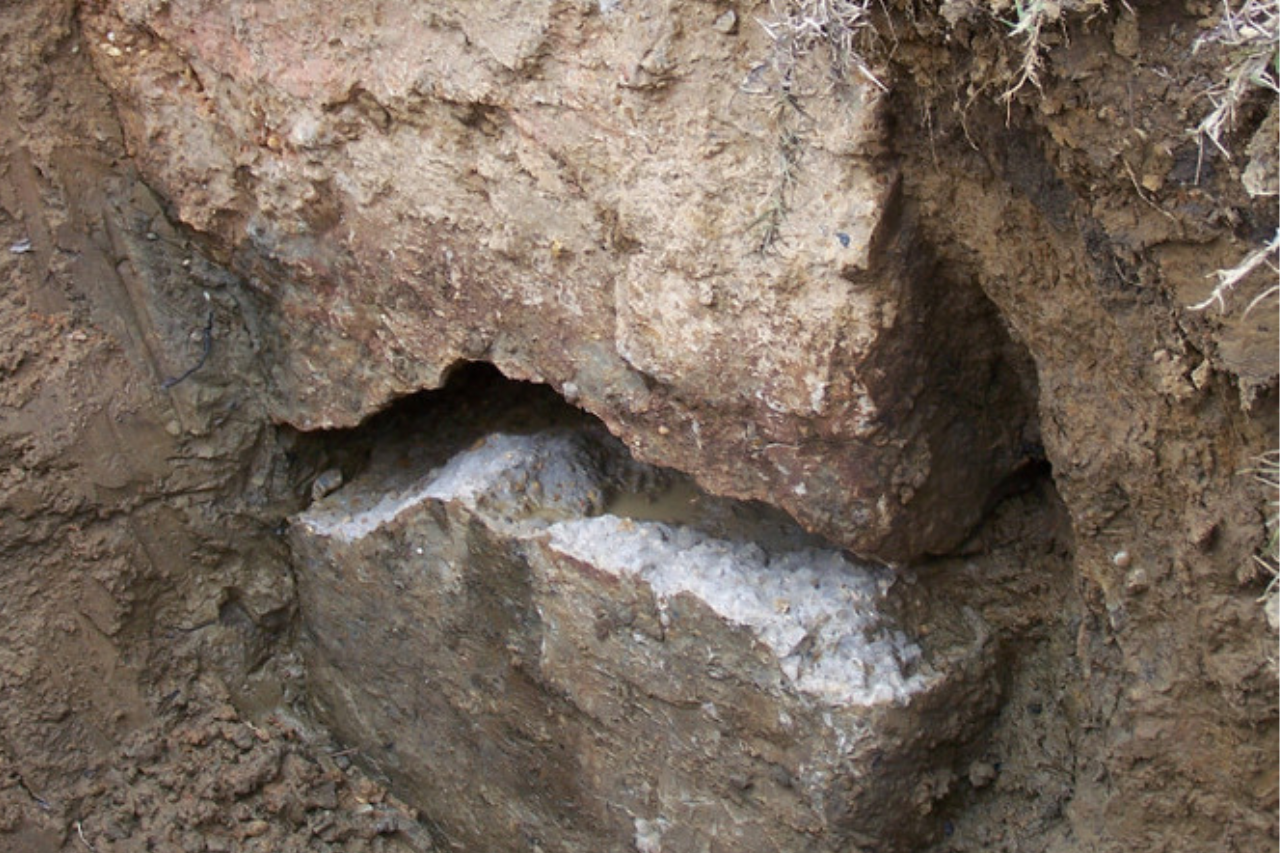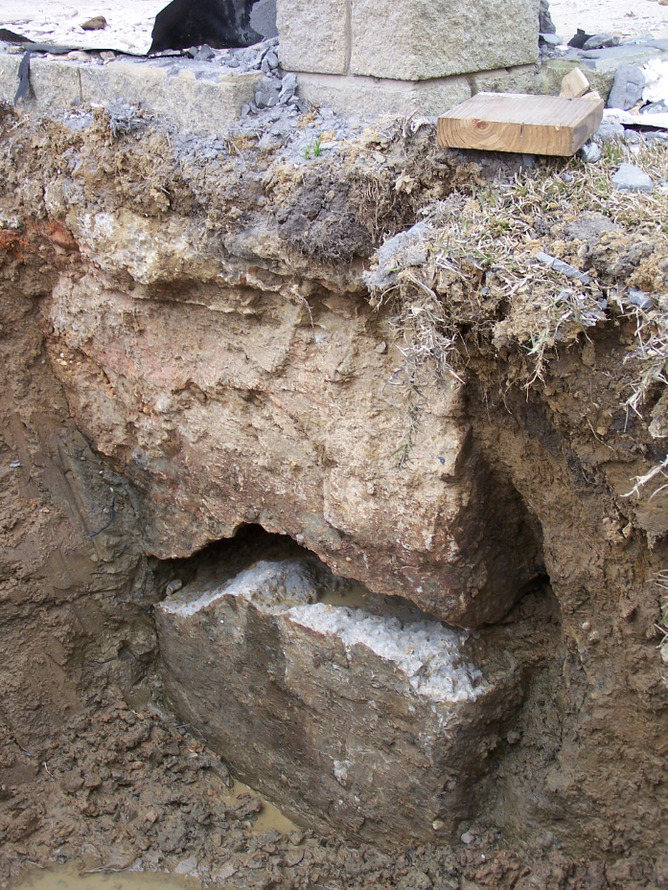Yazoo Clay is a highly expansive soil formation known by several names. There’s Mississippi’s “Blue Yazoo,” owing to its distinctive bluish-gray color, and “Gumbo,” for its thick, sticky texture. But regardless of what it’s called, this clay is notorious for its extreme shrink–swell behavior in response to environmental moisture.
When wet, Yazoo Clay expands with spectacular force, exerting thousands of pounds of pressure per square foot. Then, when it dries, it contracts and cracks, sucking foundations down with it. This cycle makes Yazoo Clay one of the most challenging soils to build on in the United States, causing significant damage to roads, foundations, and infrastructure across Mississippi, Alabama, and Louisiana.
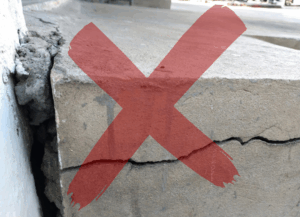
What Is Yazoo Clay?
Yazoo Clay is one of the most notorious soil formations in the southeastern United States. First named for where it was discovered, a bluff along the Yazoo River near Yazoo City, Mississippi, it is locally known as “Blue Yazoo” thanks to its natural bluish-gray color. After excavation, the vibrant blue shifts to yellow or brown with exposure to the elements.
Yazoo Clay is made up of roughly 30% montmorillonite, a type of smectite clay mineral that dramatically expands when it comes into contact with moisture. This swelling and shrinking cycle means Yazoo Clay is classified as an expansive soil, and may be one of the most reactive soils in North America.
Tests show it has a plasticity index above 50%, which is far higher than most soils. According to soil science standards, anything above 35% indicates an extremely high risk of expansion. This tendency to shrink and swell is directly responsible for costly structural damage in the South, shifting walls and cracking foundations years after construction has been completed.
4 story building damaged by Yazoo Clay
(Credit to ASCElibrary.org)
Where Is Yazoo Clay Found?
Yazoo Clay is found primarily in central Mississippi, in a layer known as the Yazoo Formation of the Jackson Group. The deposit stretches in a broad northwest-to-southeast belt that cuts across the state, with outcrops extending into Alabama and Louisiana.
Large areas of the following counties sit on top deposits of Mississippi Yazoo:
- Clarke
- Hinds
- Jasper
- Madison
- Newton
- Jackson
- Rankin
- Scott
- Smith
- Wayne
- Yazoo
According to testing undertaken by the State of Mississippi, the Yazoo formation affects large swaths of properties in many of the state’s most populous cities, including:
- Canton
- Clinton
- Flora
- Flowood
- Forest
- Jackson
- Madison
- Morton
- Richland
- Ridgeland
- Sandhill
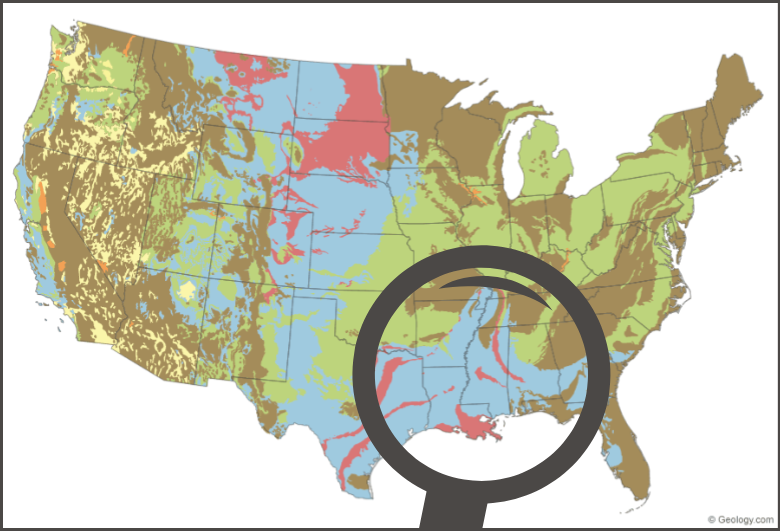
The Challenges of Yazoo Clay for Construction
According to a publication by the Mississippi Department of Natural Resources:
“The lateral and upward forces generated during expansion are tremendous and are capable of lifting tons of concrete and of disrupting the structural integrity of roadways and buildings.
Also, during the process of desiccation or drying, this clay exhibits sufficiently strong adhesion or suction on overlying foundations to pull them down as the soil shrinks.”
While there are few, if any, studies about the extent of expansive soil damage within Mississippi, on a national level, a recent analysis has suggested that expansive soil leads to $13 billion in damage annually.
Yazoo Clay causes foundation problems and, in practical terms, building on land with known Yazoo Clay deposits requires careful design and pre-construction planning to account for its significant swelling.
Blue Yazoo deposits extend 400 to 500 feet deep, making removal logistically impossible.
In extreme circumstances, Yazoo Clay has been shown to swell by more than 200% and exert pressures exceeding 25,000 pounds per square foot on the slabs, piers, walls, and structures built on top of it. High water tables and poor drainage compound the issue, as the clay continuously cycles between expansion and contraction.
While overexcavation and chemical stabilization are common mitigation strategies for expansive clay elsewhere, the depth of Yazoo Clay deposits amplifies the challenges for projects in the South. In some areas, Blue Yazoo deposits extend 400 to 500 feet deep, making removal logistically impossible.
Furthermore, Mississippi Yazoo clay is typically layered into three zones, with the top two layers being the most expansive. Yet, excavating the top layers to backfill with non-reactive fill only serves to expose the deepest zone to environmental conditions, including moisture. Eventually, this zone will begin to exhibit the same problematic shrink–swell behavior.
In research published by the Mississippi Department of Natural Resources, the authors noted:
To remove the clay, in most cases, is either impossible or not economically feasible. It is therefore up to the homebuilders, construction engineers, and homeowners to deal with building on the Yazoo Clay.
For this reason, engineers in the region are turning to structural solutions, like void forms, which create a specified space beneath and around structures to allow soil to expand into without damaging the structure above.
Solutions for Building on Yazoo Clay
In general, engineers and contractors mitigate the risks of expansive soil with one of three strategies: void forming, over-excavation, or chemical stabilization.
Chemical Stabilization
Unfortunately, in areas with Yazoo Clay, chemical stabilization is frequently unreliable in the saturated, mineral-rich soils common to Mississippi and surrounding states.
As detailed in a report published by the Mississippi Department of Civil & Environmental Engineering and Jackson State University, “The use of these chemical stabilizers may cause negative effects on the surrounding environment, e.g. limits the growth of plants and altering groundwater quality. In addition, these traditional stabilizers could cause a more brittle behavior of the soil and this may affect the safety of geotechnical projects.”
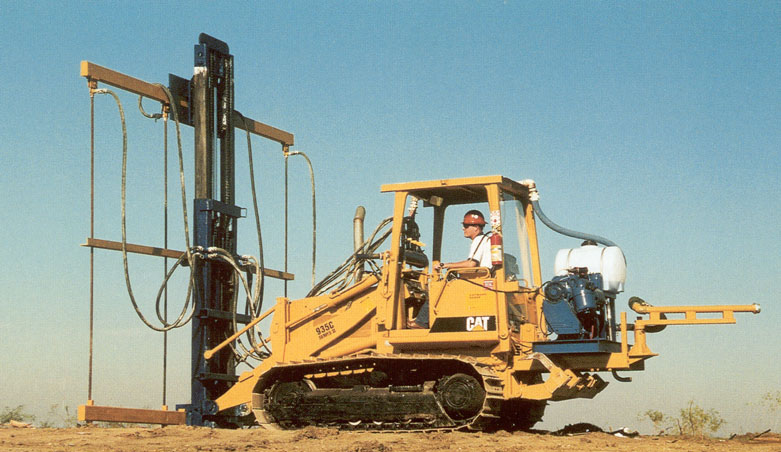
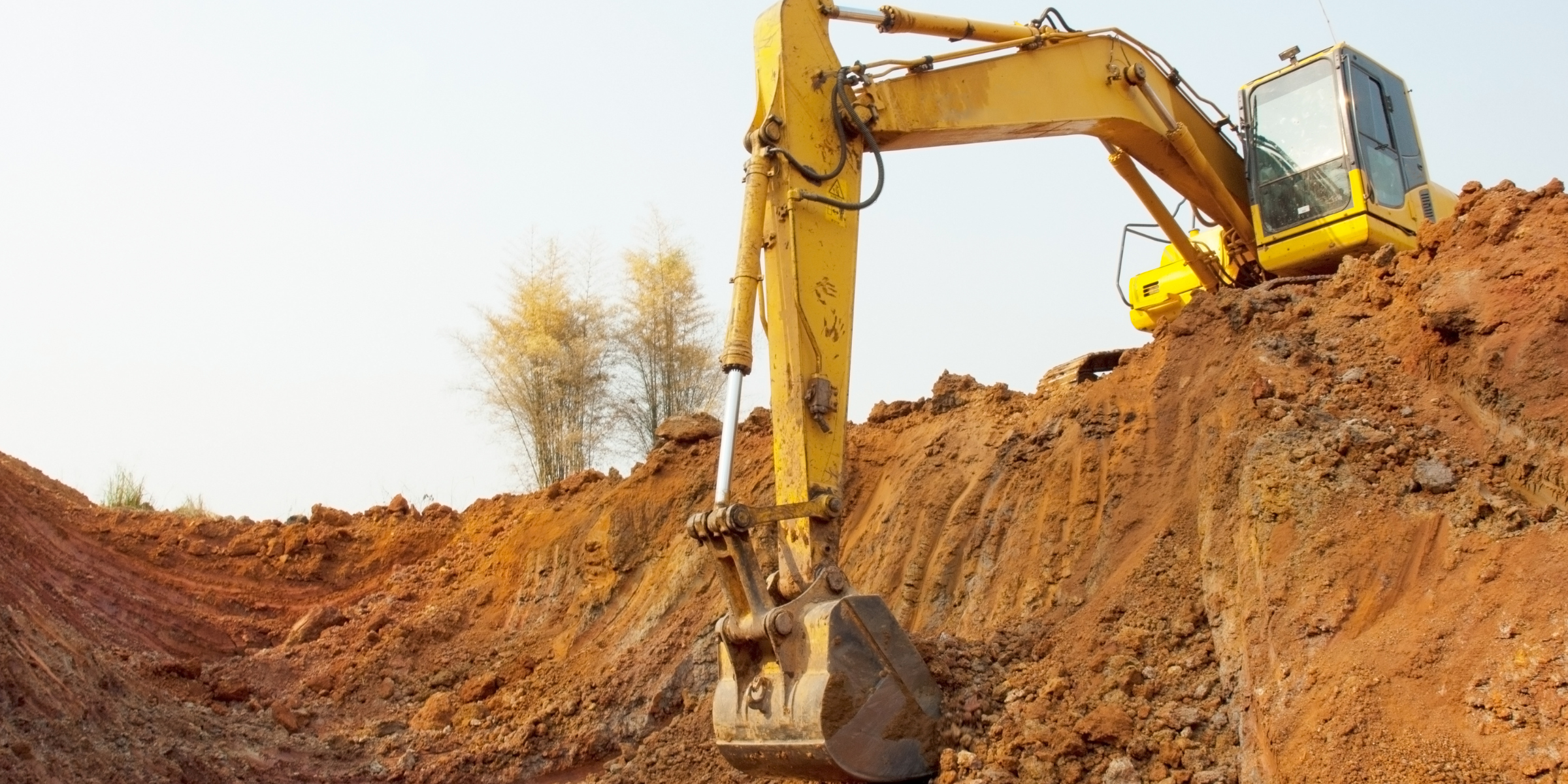
Overexcavation
Alternatively, overexcavation, which is the process of removing reactive soil and replacing it with non-expansive fill, presents even greater challenges.
As mentioned above, Mississippi Yazoo Clay can reach hundreds of feet below grade, and excavation on that scale is functionally impossible. The amount of soil that would need to be removed, hauled away, and replaced would overwhelm even the mid-sized projects in cost, time, and logistics.
Void Forms
With the realities of Yazoo Clay making traditional approaches like overexcavation and chemical stabilization impractical, engineers and contractors are turning to void forms, a structural solution, to protect their projects from the expansive soil that lies beneath the slab.
Void forms are installed beneath slabs, beams, piers, walls, and other concrete structures to create a designated void space. Instead of swelling upwards and putting pressure on the structure, expansive soil like Yazoo Clay expands and contracts safely into the void space, protecting the building, not just during construction but over its functional life span.
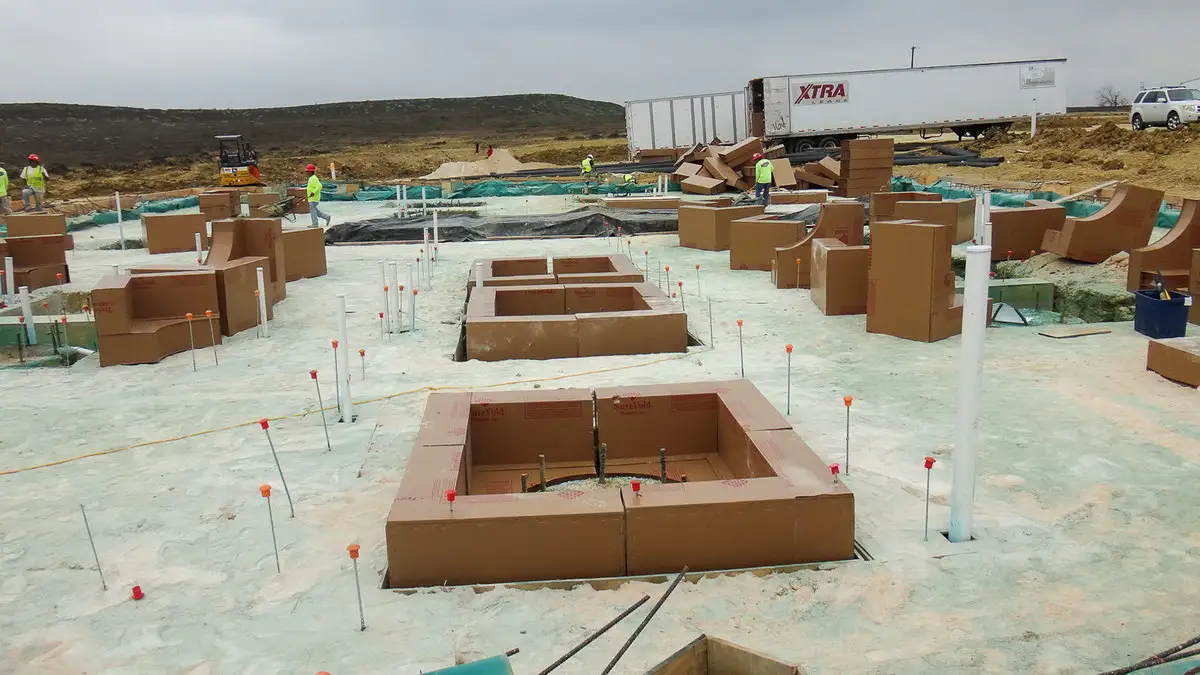
Made from biodegradable corrugated cartons, SureVoid® is the simplest and most cost-effective solution. Proven under millions of square feet of structures, it’s designed to withstand the weight of wet concrete placement and curing, then to gradually degrade to form the specific void space indicated by the Potential Vertical Rise (PVR) on the geotechnical report.
On projects facing the challenges of unpredictable weather or high water tables, StormVoid® is a durable, non-degradable plastic form that’s designed to withstand wet site conditions. It’s strong enough to withstand steel and wet concrete placement but weak enough to collapse as the soil expands.
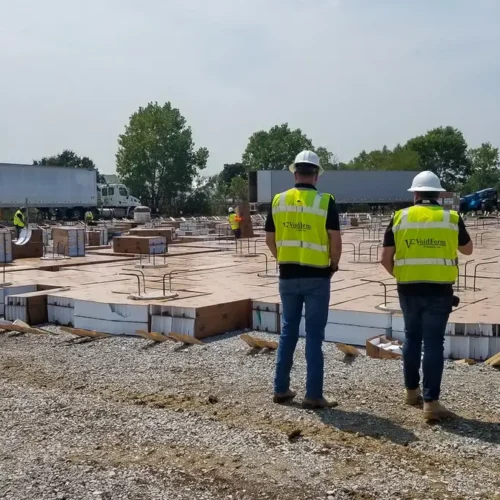
Build with Confidence on Yazoo Clay
Worries about the potential of Yazoo Clay foundation problems? Even on the most challenging sites, sitting on top of a deep Yazoo Clay formation, you can build with confidence with VoidForm. Trusted for more than four decades across North America’s most demanding soil conditions, VoidForm’s proven systems protect structures from the pressures of expansive soil.
Easy to order and backed by end-to-end support, VoidForm helps you protect your project and your reputation, no matter what lies beneath the surface.

